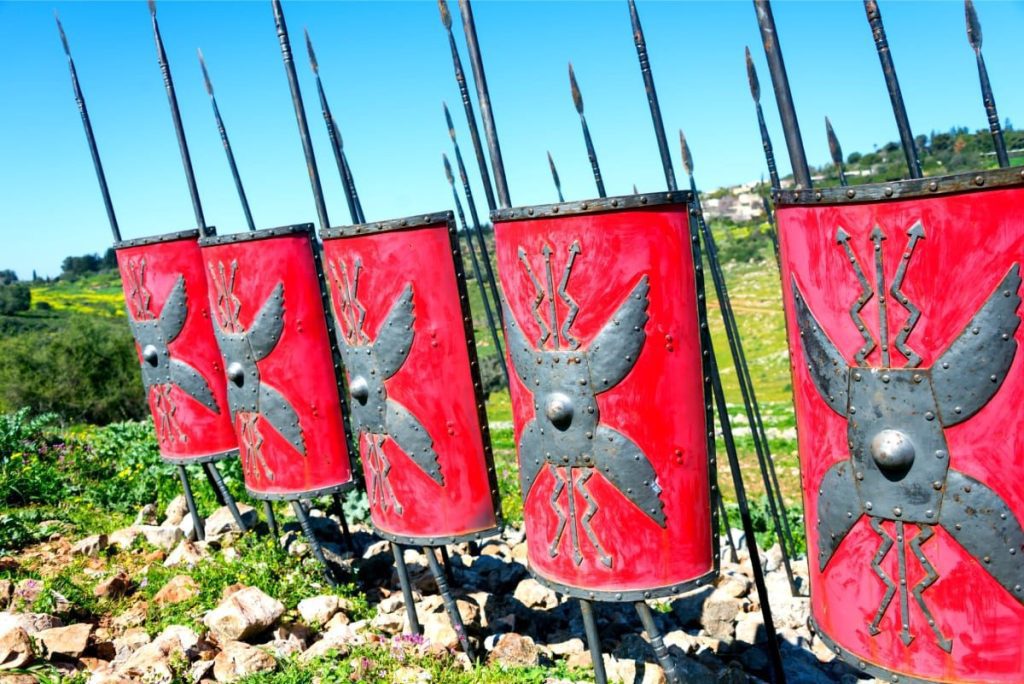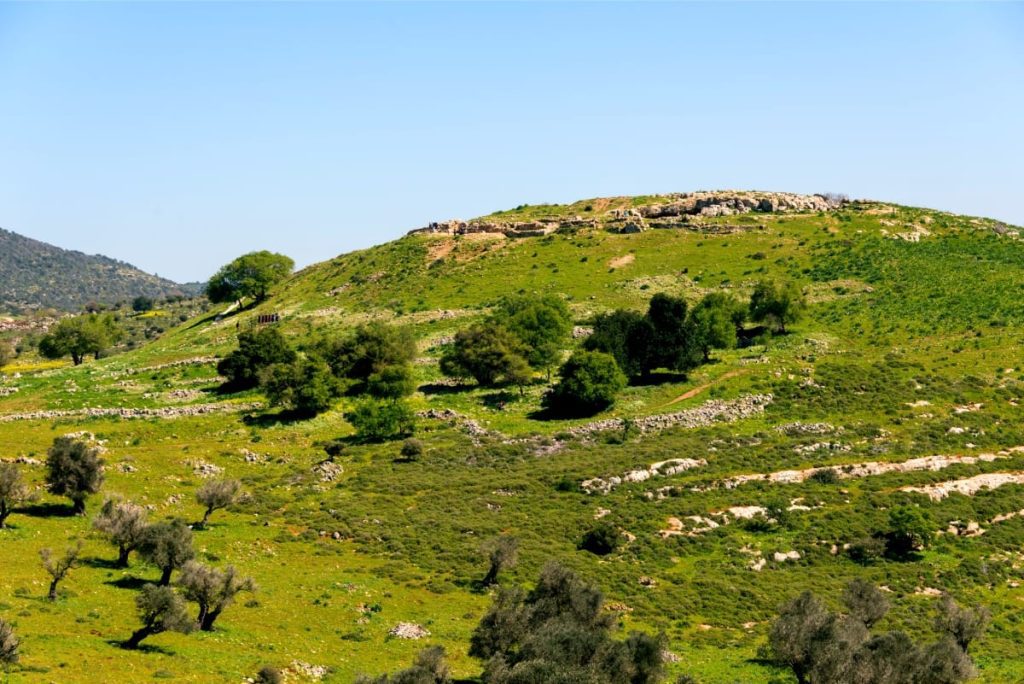So Yodfat was an important Jewish city during the Second Temple period. Furthermore, its remains are at the heart of the Yodfat mountain range in the center of Lower Galilee. Moreover, according to the Mishnah, Yodfat is one of the cities that were surrounded by a wall from the days of Joshua Ben-Nun. In addition, some have speculated that Yotvah is mentioned in the book of Second Kings as the homeland of a Meshullemeth daughter of Haruz; the mother of King Amun is Yodfat.

However, the oldest remains found at the site are from the early Hellenistic period, from the 4th and 3rd centuries BCE; therefore, some scholars have rejected the identification of Yodfat-Yotvata. According to these findings, in this period, Yodfat was a small settlement whose inhabitants were foreigners, and only with the conquest of Galilee by the Hasmoneans did a Jewish population begin to settle in the area.

Yodfat Has a Fascinating History From the Period of the Great Revolt
So Yodfat National Park has a fascinating history from the period of the Great Revolt against the Romans, which began in 67 CE and ended in 70, in the destruction of the Second Temple. The revolt, which took place all over the country, also took place in Galilee under the command of Josephus Flavius, who established his seat in Yodfat. The Romans, led by General Vespasian, suppressed the revolt by conquering resistance bases through siege and fierce battles.
So in Yodfat National Park, you will witness the exciting remnants of the city that rebelled against the Romans and withstood Vespasian’s troops for 47 days of brutal fighting. In addition, on the easy hike route, you can imagine the fierce battles that took place here; walk among hiding caves and cisterns used by the rebels, enjoy the blooms of thousands of orchids in September; and the enormous frankincense trees that grow in the place!
Yodfat National Park: Archaeology
Yodfat was first identified in 1847 by a German scholar named Ernst Gustav Schultz who served as the first consul of Prussia in Jerusalem. Excavations at the site included about 1,600 Roman arrowheads, stones fired from catapults, and armor pieces of a Roman soldier. Remains of human bones that were slaughtered and burned were also found, apparently by the locals, which proves that the Romans killed the residents after the break-in to the city.

